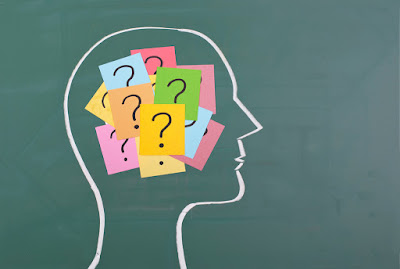Heroin is a dangerous drug and has been plaguing the society for many decades now. Over the years, the lives and families of countless individuals have been wrecked because of addiction to heroin. In many cases, overdose happens, and the worst case scenario occurs. But therapists, doctors, and many other professionals urge people not to give up on heroin addicts. A way of battling this problem is knowing the symptoms.
 |
Image Source: soberliving.org
|
For instance, heroin addicts show short-time side effects such as a quick euphoric rush. Some also exhibit flushed skin and extreme irritability of the skin leading to severe itching. Other side effects also include the lowering of blood pressure and heart rate, overall sluggishness, and impaired thought processes.
But these are the mild symptoms.
For some heroin users, the reactions are more serious. This happens for a number of reasons. Sometimes, the heroin itself is tainted. Other times, the users have physical ailments, to begin with. More serious reactions (also known as atypical reactions) include severe anxiety and paranoia, shortness of breath, shaking (or tremors), severe headache, chest pain, and heart palpitations.
People who suspect someone they know is a heroin user should be observant of these symptoms. Interventions have to be planned as soon as possible. And professional help should be sought out.
 |
Image Source: drugabuse.com
|
Dr. Curtis Cripe is a neuroengineer with a background that includes child neurodevelopment, among other disciplines. He is also the head of the Research and Development department of the NTL group. For more on Dr. Cripe and his work, follow this Facebook page.















